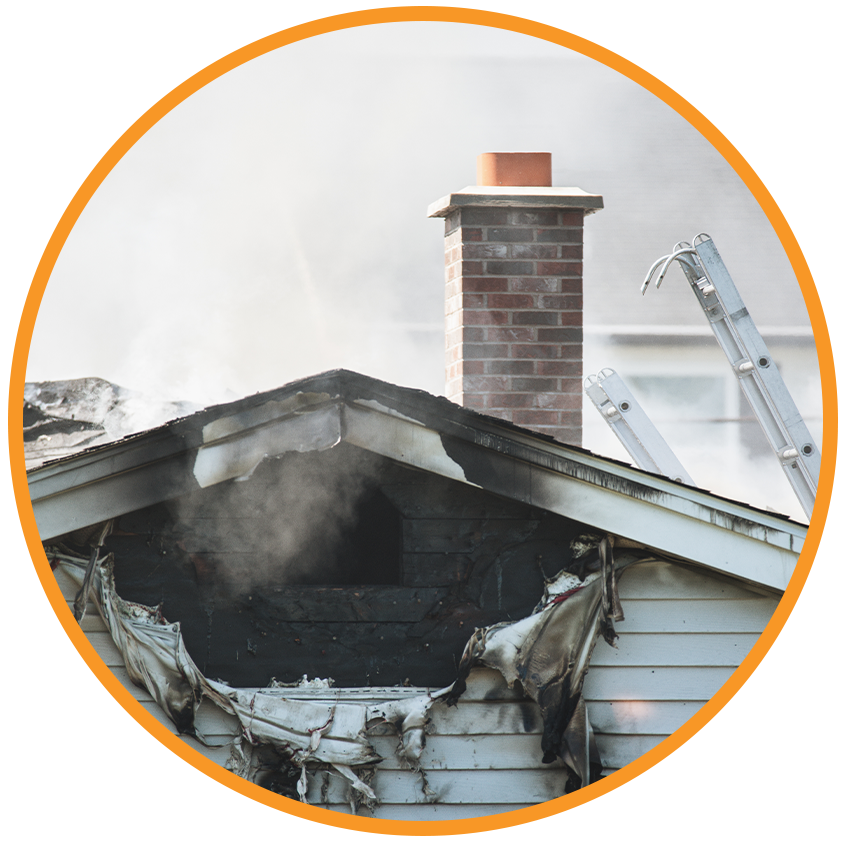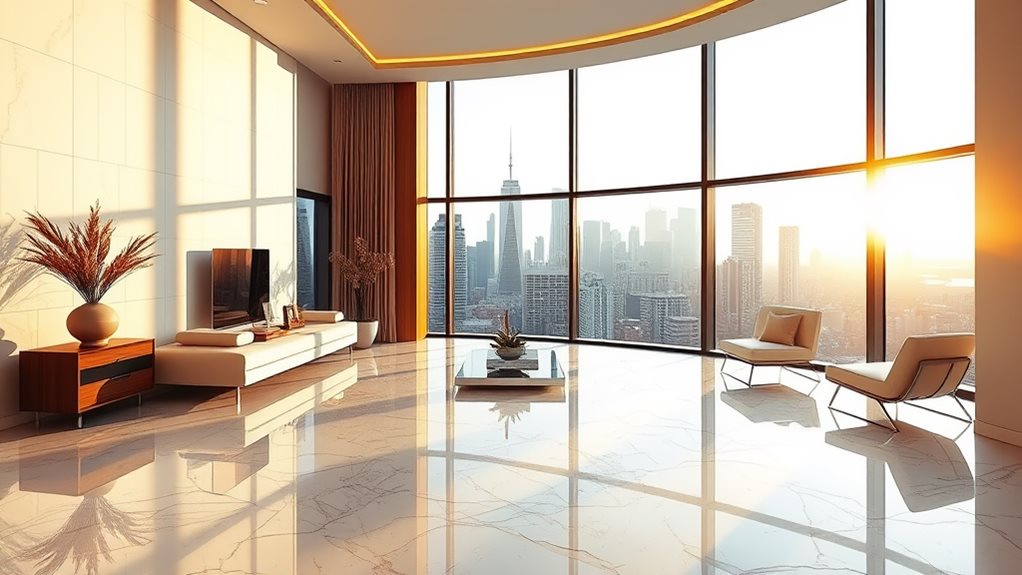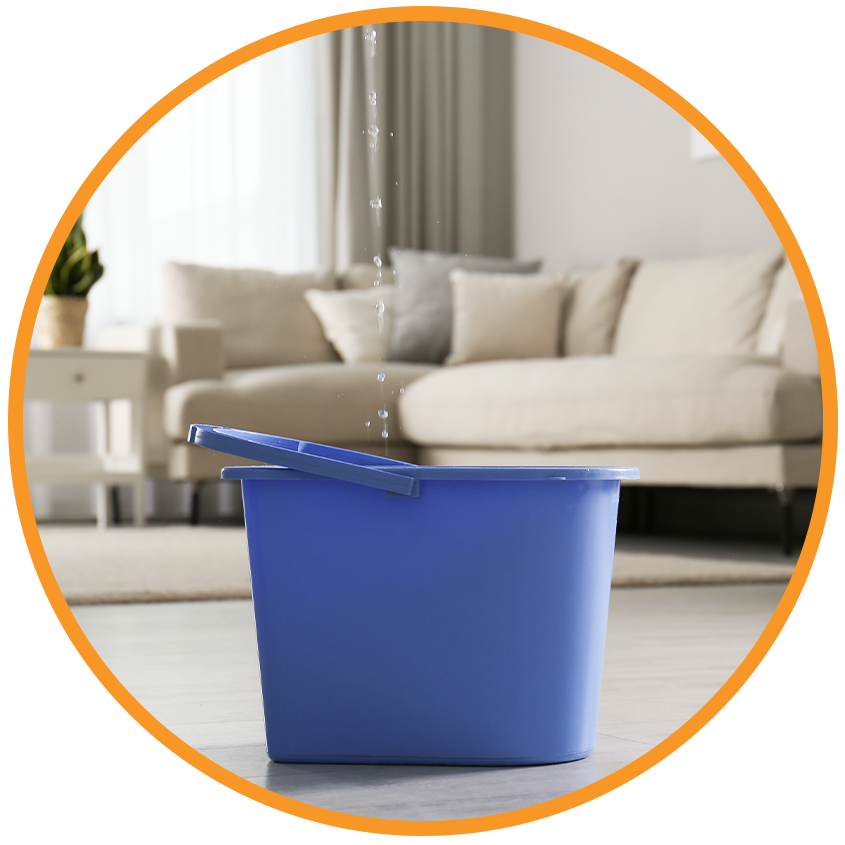Expert Tips for Moving from Michigan to Texas
Moving from Michigan to Texas is a big decision. It can be exciting and overwhelming at the same time. Whether you are relocating for work, family, or a fresh start, careful planning will help your move go smoothly. These expert tips cover everything you need to know to make your Michigan to Texas move more manageable and less stressful.
Plan and Set a Moving Timeline
Planning your move early is key. Start by creating a moving timeline. Determine your moving date and work backward from there. This will help you avoid last-minute rushes. Book your movers at least 4 to 6 weeks before your planned move. This ensures you get the best rates and availability.
Planning also gives you time to declutter. Sort through your belongings and decide what to keep, donate, or sell. Moving fewer items lowers your costs and saves time packing and unpacking.
Choose the Right Movers for Michigan to Texas
Finding the right movers makes a huge difference. Look for companies experienced in long-distance moves, such as those from Michigan to Texas. Check if they are licensed and insured. A licensed mover is regulated by the Federal Motor Carrier Safety Administration (FMCSA), which ensures professional standards.
Read online reviews to learn about other customers’ experiences. Ask for written estimates from several movers. Avoid movers who give vague quotes or unusually low prices. Transparent pricing means fewer surprises later.
Pack Smart and Stay Organized
Packing can be one of the most time-consuming parts of moving. Start early and pack room by room. Label each box with its contents and destination room. This makes unpacking easier.
Use quality packing materials. Wrap fragile items in bubble wrap or packing paper. Fill empty spaces in boxes with packing peanuts or towels to prevent shifting.
Keep important documents, valuables, and essentials separate. Pack a “first-night” box with essentials like clothes, toiletries, chargers, and snacks so you have everything you need right away when you arrive.
List: Essential Packing Tips for Your Michigan to Texas Move
- Use small boxes for heavy items, such as books, and large boxes for light items, like pillows.
- Don’t overpack boxes to avoid breaking them.
- Disassemble furniture if possible to save space.
- Take photos of electronic setups to help with reassembly.
- Use color-coded labels for each room to expedite the unpacking process.
- Keep an inventory list of your belongings for easy tracking and reference.
Understand the Costs of Moving from Michigan to Texas
Moving from Michigan to Texas involves several costs. Movers typically charge based on the weight of your shipment and the distance it needs to travel. Additional services, such as packing, storage, or handling specialty items, increase costs.
Seasonal demand affects pricing, too. Moving in summer or on weekends often costs more. Booking early can help you lock in better rates.
Ask your mover for a detailed written estimate. This should include all applicable fees, taxes, and any additional charges.
Prepare Your New Home in Texas
Before your move, prepare your new Texas home. Set up utilities like water, electricity, internet, and gas in advance. Schedule disconnection of your Michigan utilities the day after your move.
Clean the new home before moving in. This makes unpacking more comfortable. Check for any repairs or maintenance needs.
Plan the layout of your furniture. This will help movers place items correctly and save time.
What to Expect on Moving Day
On a moving day, be ready to assist the movers. Keep pathways clear and guide them with any special instructions. Check that all items are loaded before the truck leaves.
During transport, stay in contact with your moving company for updates. Keep your phone charged and handy.
Upon arrival in Texas, supervise the unloading process. Check your inventory list to make sure everything arrives safely.
List: Questions to Ask Your Movers Before the Michigan to Texas Move
- Are you licensed and insured for interstate moves?
- What services are included in the moving price?
- How do you handle fragile or valuable items?
- Can you provide references from past moves from Michigan to Texas?
- What is your policy on delays or cancellations?
- Do you offer packing and unpacking services?
- What insurance options do I have?
- How do you calculate final costs?
- How far in advance should I book?
- Will I have a single point of contact?
Tips for a Smooth Transition After Moving
After settling in Texas, take time to explore your new area. Register your vehicle and update your driver’s license according to Texas law. Register to vote in your new district.
Connect with local services, such as healthcare providers, schools, and community centers. Making new connections helps you adjust faster.
Unpack systematically, starting with essentials. This reduces stress and makes your new house feel like home quickly.
FAQs About Moving Michigan to Texas
Q: How long does a move from Michigan to Texas take?
A: The move usually takes about 5 to 7 days, depending on distance and scheduling.
Q: How much does it cost to move from Michigan to Texas?
A: Costs vary, but expect to pay between $3,000 and $7,000 for a typical household move.
Q: Can movers pack my belongings?
A: Yes, most moving companies offer full or partial packing services.
Q: Are my belongings insured during the move?
A: Movers provide basic liability insurance. Additional coverage can often be purchased.
Q: What items can’t movers transport?
A: Movers typically don’t transport hazardous materials, pets, plants, or perishable food.
Q: When should I book movers for a move from Michigan to Texas?
A: Book at least 4 to 6 weeks in advance to secure your preferred date.
Q: What if my moving date changes?
A: Contact your mover immediately. Policies vary, but many can accommodate date changes if sufficient notice is given.
Moving from Michigan to Texas can be a smooth and stress-free process with proper preparation. Follow these expert tips to plan your move, choose trusted movers, and get organized. This way, you can focus on starting your new life in Texas with confidence and ease.
Buzzmoving works with the best movers across the country to provide reliable and professional service. Get a free quote today and let the experts take care of your entire move.



 Do this every season:
Do this every season: Roof Trouble? Watch for These Signs:
Roof Trouble? Watch for These Signs: Inspect twice a year
Inspect twice a year